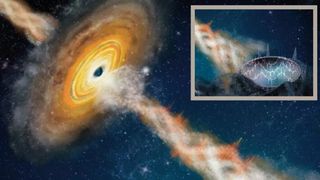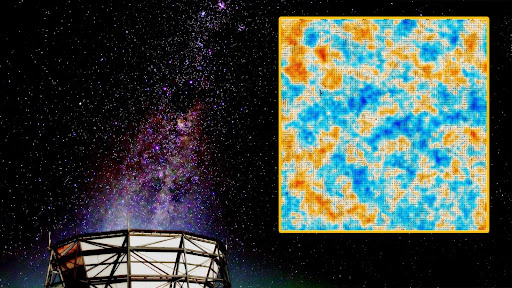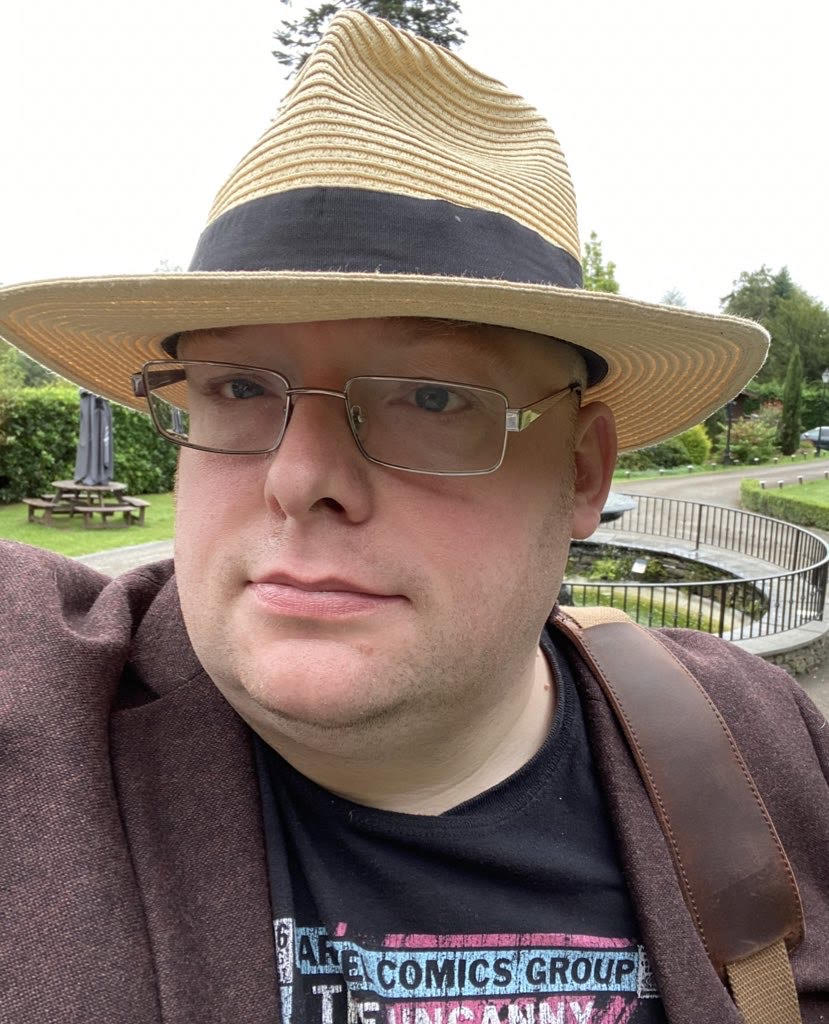
Robert Lea
Robert Lea is a science journalist in the U.K. who specializes in science, space, physics, astronomy, astrophysics, cosmology, quantum mechanics and technology. Rob's articles have been published in Physics World, New Scientist, Astronomy Magazine, All About Space and ZME Science. He also writes about science communication for Elsevier and the European Journal of Physics. Rob holds a bachelor of science degree in physics and astronomy from the U.K.’s Open University
Latest articles by Robert Lea
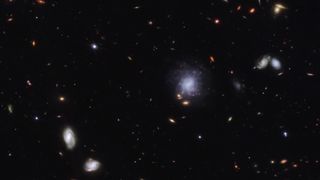
James Webb telescope spots ultra-rare cosmic explosion that could reveal the origin of the universe’s heaviest elements
By Robert Lea published
The James Webb Space Telescope's detection of tellurium in the violent environment of a dead-star merger is a step toward determining where the universe's heaviest elements come from.
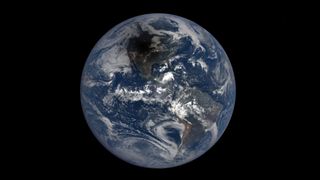
See the entire 'ring of fire' eclipse in 4 seconds in stunning satellite videos
By Robert Lea published
The NOAA satellites GOES-East and GOES-West watched as the shadow of the moon darkened the surface of Earth on Saturday, Oct. 14.
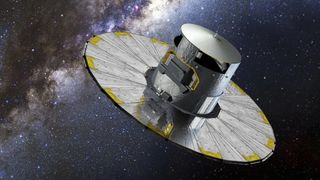
Gaia spacecraft reveals 'goldmine' of over 500,000 undiscovered stars
By Robert Lea published
The European Space Agency's Gaia telescope revealed half a million newfound stars, and detailed the orbits of over 150,000 asteroids.
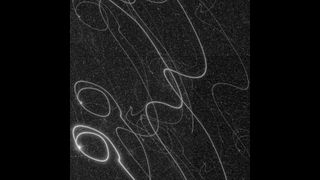
ESA scientists finally resolve glitch that caused Euclid spacecraft to 'doodle' through space
By Robert Lea published
The European Space Agency's dark energy and dark matter spacecraft has once again found its guiding stars and is preparing for full "science mode."
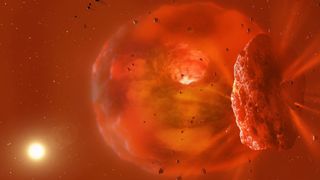
Astronomers spot violent afterglow of 2 massive planets that collided in a distant star system
By Robert Lea published
Astronomers detected the dusty afterglow of a massive planetary collision in a star system 3,600 light-years away, where two giant icy worlds met their end.
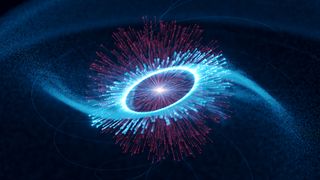
Highest-energy pulsar ever seen could indicate new physics
By Robert Lea published
The surprising detection of light 200 times more powerful than previous observations from the nearby pulsar Vela indicates hidden physics around dead stars.
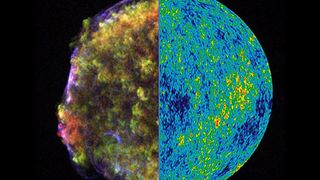
'Remarkable' explosions from colliding, dead stars could reveal the true expansion rate of the universe
By Robert Lea published
Two conflicting methods to measure the expansion rate of the universe give different results, but researchers could resolve the disparity by watching merging neutron stars explode.
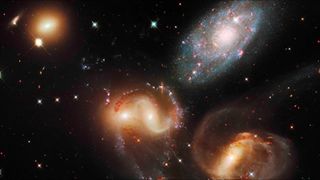
An ancient, ravenous black hole has been hiding an 11-billion-year-old galaxy in its glare
By Robert Lea published
A team of astronomers has used a tricky technique to study an ancient galaxy previously lost in the glare of a blazing quasar.
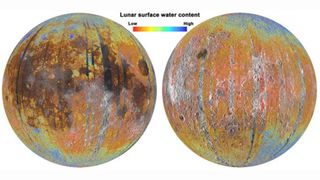
Mysterious source of water on the moon traced to Earth's magnetic shield
By Robert Lea published
Some of the moon's surface water may have an Earthly origin, due to high-energy interactions between the sun and Earth's magnetic shield, new research suggests.
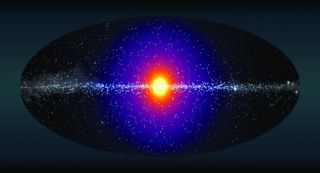
Astronomers measure dark matter 'haloes' around hundreds of ancient black holes for 1st time
By Robert Lea published
Studying the mysterious form of matter around ancient quasar galaxies could have profound implications for our understanding of how the cosmos evolved.
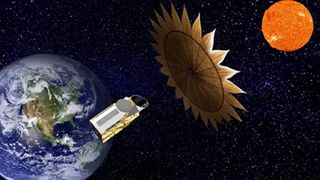
NASA is hunting for life outside the solar system. Here's how.
By Robert Lea published
"We aren’t going to see little green men but rather spectral signatures of these key chemicals, or what we call biosignatures."
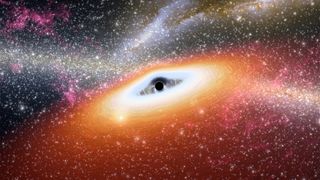
Do black holes really suck in matter?
By Robert Lea published
Black holes can swallow matter, and they grow by accreting gas, dust and even the occasional star. But are they the vacuum-mouthed monsters they are often presented to be?
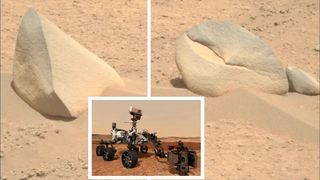
Perseverance rover spots a shark fin and crab claw on Mars
By Robert Lea published
Is something fishy happening on the Red Planet, or is it all in our minds again?
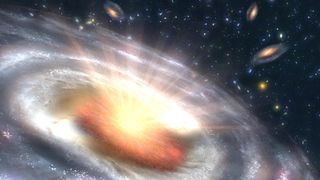
Will the sun ever become a black hole?
By Robert Lea published
Black hole sun, won't you come? It all depends on a star's mass before it dies.
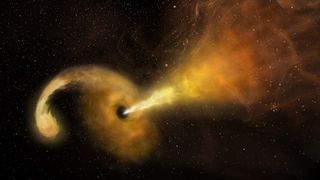
Black holes keep 'burping up' stars they destroyed years earlier, and astronomers don't know why
By Robert Lea published
Years after ripping stars to shreds, 24 black holes suddenly flared up with radio waves in inexplicable 'burping' bouts. Half of all star-killing black holes may experience the same.

Unknown ultra-light particles linked to dark matter could be found using atomic clocks
By Robert Lea published
The use of atomic clocks could help bring cosmology and astrophysics "down to Earth" by allowing scientists to investigate the mysteries of dark energy and dark matter in the lab.
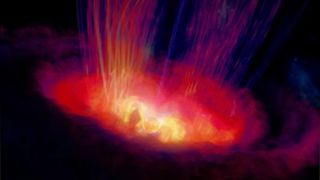
Baby sun-like star caught spewing out gamma-rays in cosmic 'tantrum' for the 1st time ever
By Robert Lea published
The discovery represents the first evidence that low-mass T.Tauri stars, which are less than 10 million years old, can emit gamma radiation.
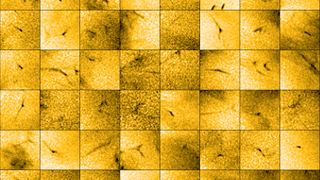
Solar Orbiter probes how the sun generates solar wind
By Robert Lea published
So-called 'picojets' spotted by ESA's Solar Orbiter could be feeding high-speed gas outflows from the sun in the form of both energy and matter.
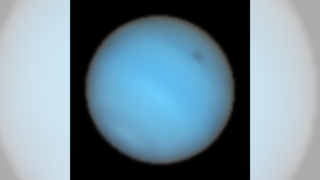
Neptune keeps growing enormous dark and bright spots, and scientists don't know why
By Robert Lea published
Scientists are still in the dark about what is causing a huge shadowy patch to appear against the blue background of Neptune’s sky.
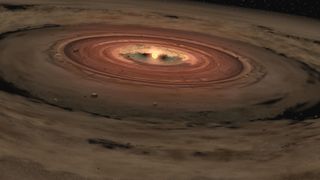
Why do some stars fail to ignite?
By Robert Lea published
Also known as "failed stars," brown dwarfs are celestial bodies that sit on the boundary between gas giant planets and tiny stars.
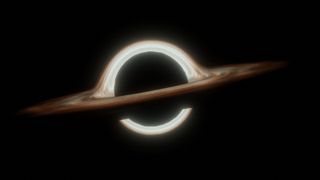
Black hole 'seeds' discovered in the early universe for 1st time ever
By Robert Lea published
The puzzle of how supermassive black holes grew so large just after the Big Bang could soon be solved.
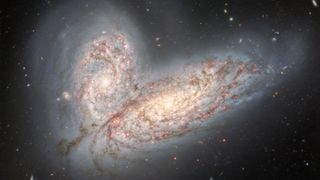
The Milky Way wasn't always a spiral —and astronomers may finally know why it 'shape-shifted'
By Robert Lea published
A century-old mystery of how galaxies change shapes has been solved by considering 'survival of the fittest' collisions between cosmic titans.

What's the largest planet in the universe?
By Robert Lea published
Astronomers have found planets that are twice as wide as Jupiter and more than 10 times as heavy, but there's a limit to how big planets can get.
Get the world’s most fascinating discoveries delivered straight to your inbox.

